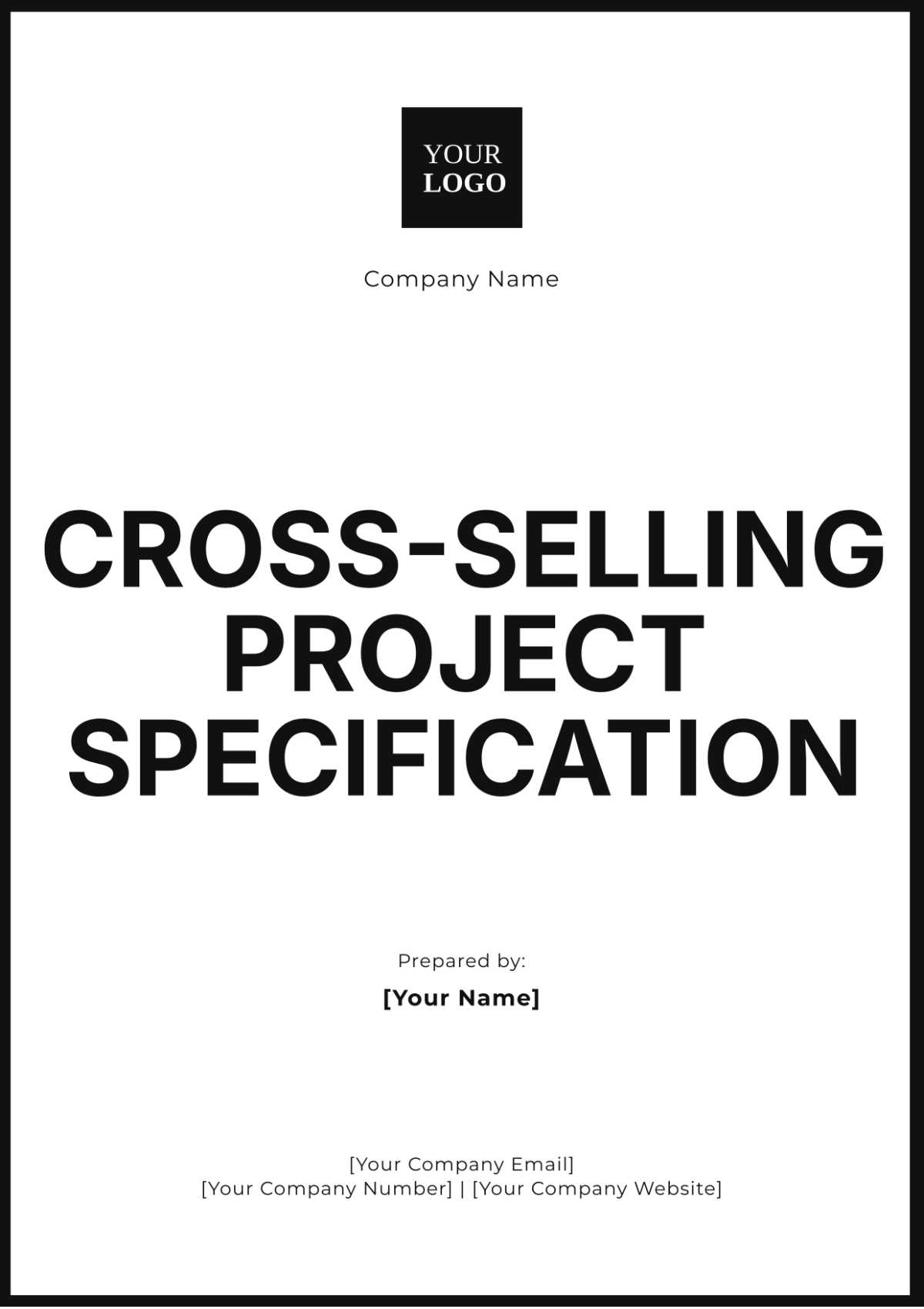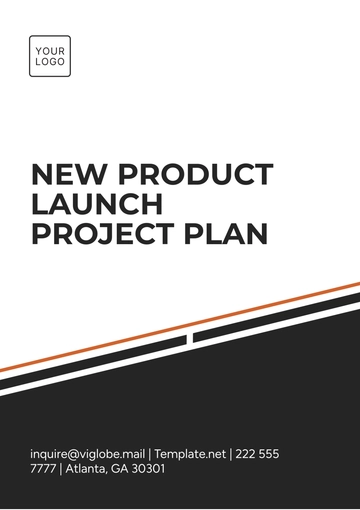Cross-Selling Project Specification
I. Introduction
The Cross-Selling Project Specification outlines the strategy and requirements for implementing a cross-selling initiative within [Your Company Name]. The goal is to enhance customer relationships and drive revenue by promoting additional products or services to existing customers.
II. Project Goals and Objectives
Enhance Revenue Streams: Increase overall revenue by 20% through cross-selling activities.
Improve Customer Experience: Provide customers with tailored product recommendations to meet their evolving needs.
Strengthen Customer Loyalty: Increase customer retention by 12% by offering relevant and complementary products.
Optimize Sales Processes: Integrate cross-selling techniques into existing sales and marketing processes.
III. Target Audience
A. Customer Segments
High-Value Customers: Customers with a purchase history exceeding $5,000 annually.
New Customers: Recently acquired customers with the potential for additional purchases.
Frequent Buyers: Customers who make purchases monthly but may benefit from related products.
B. Customer Profiles
Demographics: Age 25-55, with a focus on professionals and tech enthusiasts.
Behavioral Patterns: Regular purchases in tech and electronics, with a high interest in new product releases.
IV. Cross-Selling Strategies
A. Product Bundling
Create bundles of complementary products, such as laptops with accessories and software, at a 10% discount.
Promote bundles both at the point of sale and through follow-up emails.
B. Personalized Recommendations
C. Sales Team Training
Conduct workshops to train sales representatives on identifying cross-selling opportunities and techniques.
Develop and distribute sales scripts with cross-selling prompts for various customer scenarios.
D. Email Campaigns
V. Integration Plan
A. System Integration
B. Process Integration
C. Technology Requirements
Implement a recommendation engine software, such as Salesforce Einstein or similar.
Update the customer database to support advanced analytics and cross-selling features.
VI. Performance Metrics
Metric | Target | Measurement Method |
|---|
Revenue Growth | 20% increase | Sales reports |
Customer Retention Rate | Increase by 12% | Customer database analysis |
Cross-Sell Conversion Rate | 25% of targeted customers | Sales tracking systems |
Customer Satisfaction Score | Maintain a score of 90% or higher | Customer feedback surveys |
VII. Timeline and Milestones
Milestone | Deadline | Responsible Party |
|---|
Project Kickoff Meeting | January 15, 2050 | Project Manager |
Completion of Market Analysis | February 28, 2050 | Marketing Team |
Development of Cross-Selling Strategies | March 15, 2050 | Marketing & Sales Teams |
System Integration | April 30, 2050 | IT Department |
Training Sessions for Sales Team | May 15, 2050 | HR & Training Teams |
Launch of Cross-Selling Campaign | June 1, 2050 | Marketing Team |
First Performance Review | September 15, 2050 | Project Manager |
VIII. Resources and Budget
A. Personnel
Project Manager
Marketing Team
Sales Representatives
IT Department
Training Coordinators
B. Budget Estimate
Item | Cost Estimate |
|---|
System Integration | $250,000 |
Training Programs | $50,000 |
Marketing Campaigns | $100,000 |
Software Licenses | $75,000 |
Miscellaneous Expenses | $25,000 |
Total Budget | $500,000 |
IX. Risks and Mitigation
A. Risk: Resistance to Change
B. Risk: Data Integration Issues
C. Risk: Inaccurate Recommendations
X. Conclusion
This Cross-Selling Project Specification provides a comprehensive plan for implementing a successful cross-selling initiative. By following the outlined strategies and meeting the specified milestones, the organization aims to enhance customer relationships, increase revenue, and improve overall sales performance.
Project Specification Templates @ Template.net






























